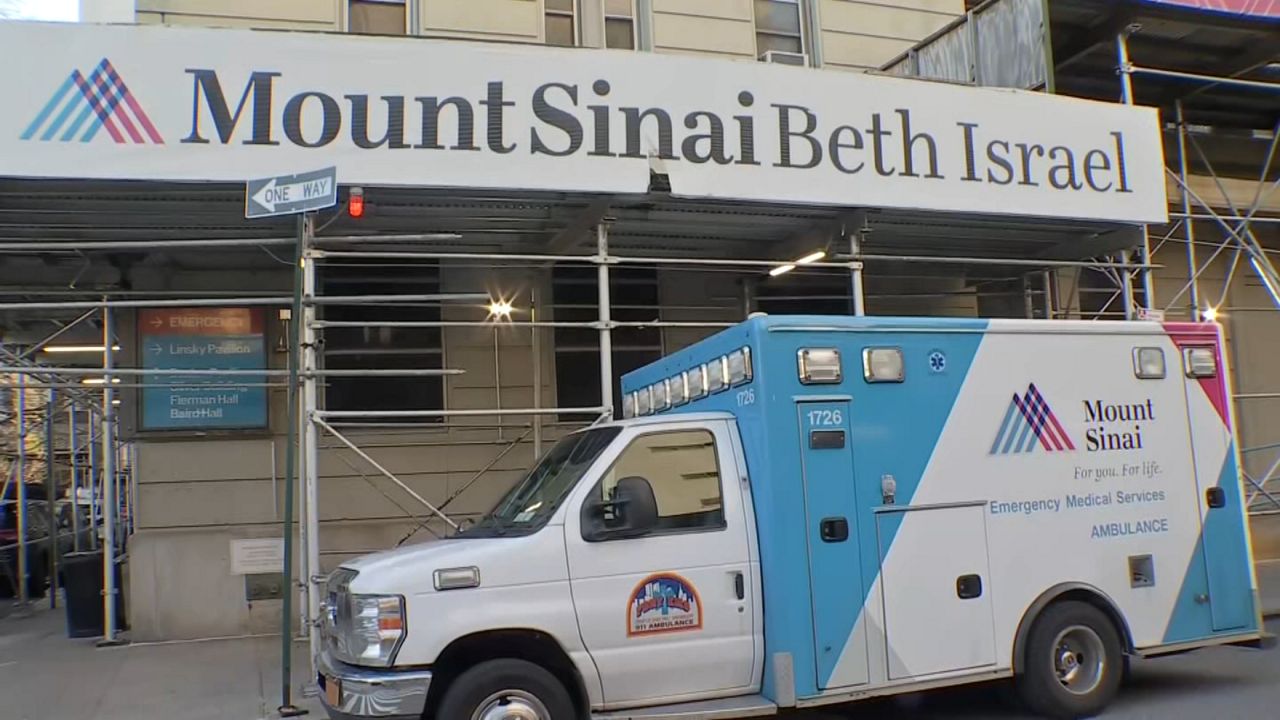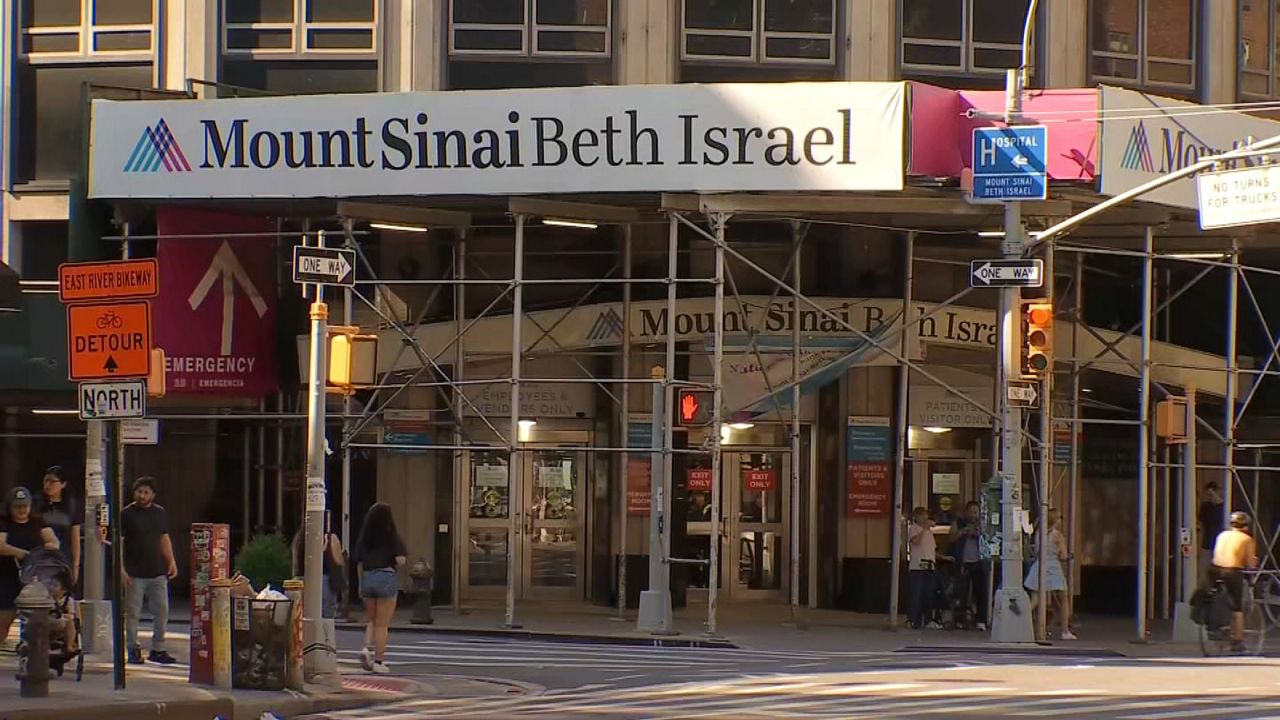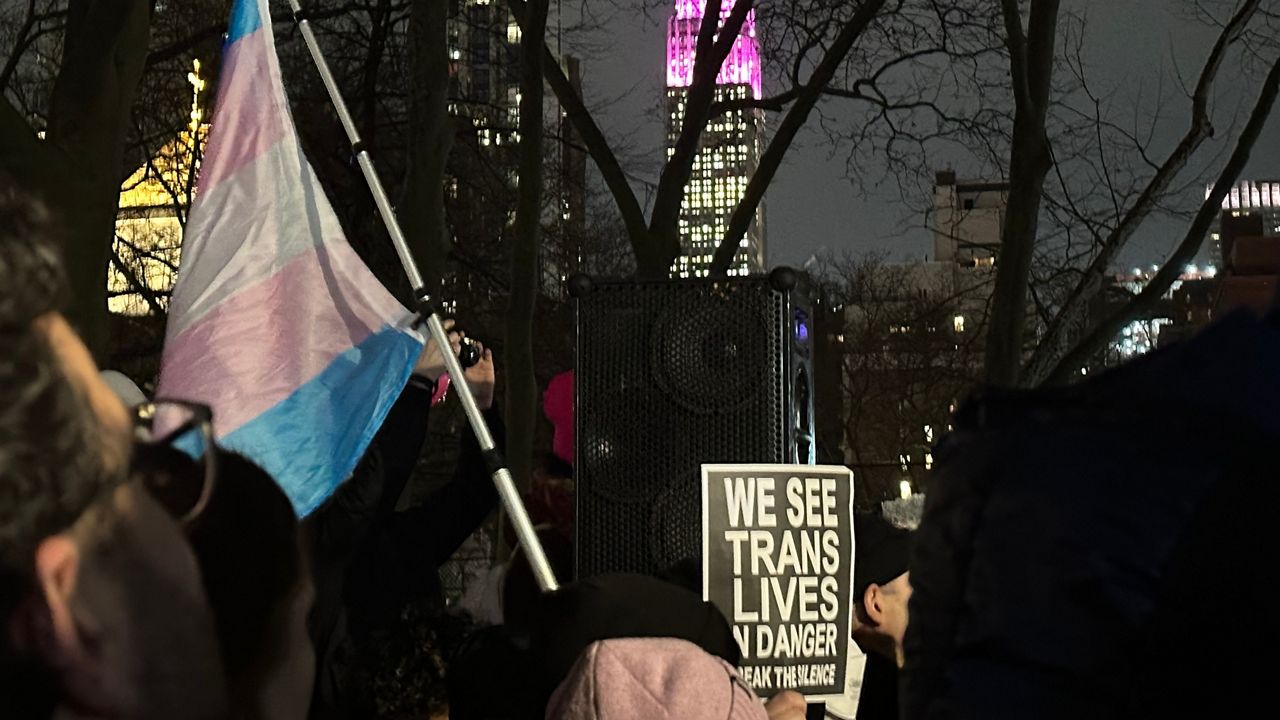“One step at a time,” is a mantra that works for 25-year-old Tyler Reynolds who was with complex congenital heart disease and has already had two major heart surgeries. Not only has he lived to talk about them, but he’s actively thriving.
“Most people have two coronary arteries but since I have congenital heart disease, I was only born with one,” Reynolds said.
Back in 1997, nine days after he was born, Reynolds was transferred to NYU Langone health. He underwent a surgical procedure known as an arterial switch operation — essentially the two great vessels of the heart were reversed and needed to be corrected. It was a success.
“I always played tag with the kids on the block, rode bikes around the neighborhood growing up,” he said.
In fact, he’s always been active. His heart condition never slowed him down. He played hockey and was on his high school’s rowing team, but his doctors warned him it wasn’t a matter of if he’ll need another surgery but when.
“I was pretty much having all the telltale signs of a heart attack. The shortness of breath, the numbness down the left arm, but we couldn’t figure out what it was,” Reynolds recalled.
He said he went to his doctor, and they performed stress tests which are tests that show how the heart works during physical activity. Still, no problem was detected.
“Because he was so athletic and he did so well, they couldn’t make the diagnosis, when he came to us after we actually got a normal stress test, but still the complaint didn’t go away and then we went to the next stage and investigate and then we saw that his coronary artery is really narrow,” Dr. Dan Halpern, Medical Director of Adult congenital heart disease program at NYU Langone, said.
The coronary artery supplies blood to the heart muscles, so this narrowing limited that function. Just 1% of the population has congenital heart disease. Reynolds is part of the rare subset needing a more advanced surgery. The NYU team decided to patch that thinning artery — making it bigger.
“Once we found it, we stopped the heart, opened the aorta and carried that incision out onto that coronary artery,” Ralph Mosca, cardiovascular surgeon at NYU, said.
Mosca and his team used a patch of donated femoral artery to do the job.
“It’s essentially like putting a roof on that area. It worked out very well,” Mosca added.
“I was up the day after surgery standing up out of bed, you know. By the time I left the hospital, I was doing laps around the recovery room,” Reynolds said.
Eight months after that, he ran a virtual triathlon back in 2020 at the height of the COVID-19 pandemic.
“I did it. It was virtual and then a little less than. After my surgery I did a 100 mile bike ride throughout NYC,” he said.
And what do his doctors think about this bounce back, you might ask?
“It’s surprising, but not so surprising. We recognize that if you can fix the problem and the muscle of the heart is still good, they should be able to get back to where they were, if not better,” Mosca said.
The NYU team says this is a testament to how far medicine has come. Today over 90% of patients born with congenital heart disease reach adult hood.
“You know these patients were told by their pediatric cardiologist many times that they will never be able to run, never be able to exercise and never able to get pregnant. This is where we come,” Halpern said.
“I’m lucky, I’m blessed, I’m all of the above,” Reynolds added.








_Pkg_Mt_Sinai_Beth_Israel_CG_130672028_2631)
